|
Saroj is the cook who works in our house. In India, almost everyone has a cook and/or cleaning lady. Without these amazing people, we just wouldn’t be able to function. Days the ‘bai’ doesn’t come resemble the apocalypse. Dishes pile up, the floor looks dusty, everyone eats leftovers or pizza, and chaos reigns. Saroj is around thirty years old, and has three daughters. The eldest is fifteen years old. So yes, she got married well before eighteen. Conversations with Saroj reveal several bitter truths about Indian society, which the rest of us ‘privileged’ lot conveniently ignore.
Poverty forces most of these people into early employment (employment=menial tasks, labour, housework). Saroj is an intelligent, ambitious person. But she is the eldest of four siblings. Her own mother was married at twelve, in her village. Since her father was a useless drunk who took his wife’s income and beat her and the children, her mother decided it would be best to get her children married off at an early age. Though Saroj was keen on studying and making something of her life, she didn’t have a say in the matter. After marriage, she had three children. Why? This is where it gets interesting. Like many, many Indians, she was hoping for a boy child. This terrible desire for a male child seems hard-wired in many Indians, despite the ruin it wrecks. It cuts across economic backgrounds, religions, and geographical areas. It’s one of the great levelers of Indian society. Fortunately, Saroj’s husband was sensible, and realised three was quite enough, thank you. He feels that a girl is as valuable as a boy. But Saroj’s relatives, and even other maids in our building, talk to her with great pity. “Oh, you have three daughters?” Significant pause. “No sons?” They make it a point to ask this ‘no sons’ question, as if Saroj is inflicted with some incurable disease. Seen from their point of view, she is diseased, because she’s already worried about how she will get her daughters married and produce a dowry for each of them. Here’s one of the many conversations I have with her. Armeen: Let your daughters study. They can get decent jobs later. Saroj (smiling): Yes, I want them too. What I couldn’t achieve, they will. A: Don’t get them married very young to just anyone. Many men ill-treat their wives. So be careful. S: Yes. But didi, if they study too much. Then we won’t find boys for them. Our boys don’t study that much. Twelfth pass at the most. If the girls are graduates, then they won’t find husbands. A (still trying): Ok. But let them study. They can still get married. Everyone has to change to make things better. S: That’s why people like having boys. Girls are a big load. My sister-in-law has had three abortions when she got to know she was expecting girls. She has five daughters and they want a son. A: Three abortions? That’s very dangerous for her health. It’s illegal for a doctor to disclose the sex of an unborn child. S: Yes, it’s illegal. But there are doctors who do it. There’s a clinic in Surat which does just this. Many people go there, get tested and come back. It’s famous. A: So many of your men beat their wives daily, abuse their children and make their lives hell. You complain about your own father and brother all the time. Why are you all so obsessed with having sons? S. What to do, didi? That’s the way thing are in our community. I will have to look for grooms among my community people. If my daughters study too much, it will be a big problem. We can’t look in other communities. People think boys are a blessing. But often they are just a headache. A: Look, now the world is changing. Girls are doing a lot, as much as boys. Let your girls become something. If they work they will be better off in life. S: Yes, that’s true. But they can’t be better off than their husbands. That will be a problem. A: If you want things to change for them, then you have to start changing. S: Yes I know. But what’s the use. Only one person can’t change. Everyone has to change. A: (gives up) S (grinning with great pride): But my girls speak English. They will do something. I'm worried about their college. Boys will harass them in college, and on the bus. A: We all faced that. They will learn to handle it. (Although these days the level of harassment has reached something else. But we can't all sit at home because some 'boys' will harass us, right?) So that’s what it comes to. She doesn’t believe that changing her thinking or practices will have any positive affect. She’s waiting for the rest of her community to take the first step. And the rest of them are waiting for someone else to change. It’s very hard to alter mindsets. There's no easy solution to this. Her girls are the only hope. They’ve gone to school. The eldest will start college next year. Hopefully, they think different. However, that may not be enough. They will have to be supremely strong to put their foot down to go against the grain, if they want to work. They will have to disregard the enormous pressure on them to get married, and produce yet another boy.
0 Comments
Most of us complain about our education systems, with colonial approaches, and boring curriculum. We rarely consider the value of our education, or what it has done for us. Recently, I got the opportunity to visit a rural school for tribal children at Igatpuri, a small town in Maharashtra, India. Igatpuri was a major railway junction in days gone by, but is hardly visited nowadays. It is a sleepy and charming little town. Thankfully, it hasn't been touched by urbanisation, so no malls, multiplexes and parking problems. It's midway between Mumbai and Nashik. It is well-known for one thing, the famous Buddhist Vipassana Centre. An NGO, Aseema, that is based in Mumbai has been working in the area for some years now. Aseema works for the education of under-privileged children, and now educates children in 3 municipal schools in Mumbai. Their rural school is 5 kms away from Igatpuri, near the village of Awalkheda. Though only around 3 hours from Mumbai, this area is one of many in India that has been forgotten. There are 5 villages near one another. Roads were recently constructed here, and though there is plentiful rain in the monsoon, there is no water harvesting. As a result, people (women and children) walk miles each day to get water from one common well. Though the land is fertile, the lack of water means there is very little farming. Many youngsters leave in frustration and migrate to Mumbai to do menial labour for a pittance. Most people here eat one proper meal every two days. Aseema has been working in the villages around Igatpuri for some years now, and I had been with them on their initial forays into the area, when they were looking for land. It is a challenge to buy rural land in India, as a lot of it is owned by tribals, adivasis, and strict laws govern sale of such land. Families also tend to keep splitting the land between their sons, so each successive generation gets progressively smaller plots. All land deals are in Marathi, often illegible, and the local government is often reluctant to cooperate unless the appropriate palms are greased. On paper the boundary of a certain plot maybe at a certain place, but in reality it might be very different. Despite all hardships, Aseema did succeed in acquiring land after years of perseverance. Against this backdrop, Aseema first started helping the local Balwadi (kindergarten). The Government provides a mid-day meal, but the food is often bad, spoilt, or inedible, and gets wasted. One can't expect children to learn on an empty stomach. Aseema provides the daily meal, trains the local teacher, and provides teaching aids. Most parents are happy to send their children here because they get to eat one meal a day. Education for much of our country needs to be so much more beyond books and exams. People have to be fed first. Development that is getting you the latest mobile phone, while ignoring the hungry millions is one-sided. Training the local teacher is crucial, as she understands the local context, is from the area, and knows how to deal with things. Transplanting the average city teacher there would provide its own challenges. On the flip side, most local teachers employed by the Government are class 6 or 7 drop-outs, and may not even be perfect at spelling themselves. After a few years, and a struggle to acquire funds, Aseema has built a wonderful school at a beautiful location. This is a primary school, and the oldest children are not more than age 4. I was lucky to be there for the simple yet moving inauguration. There was a performance by the children, and lunch for the villagers. Almost 700 villagers came for the occasion. There was a tree-planting in the school courtyard. It filled one with a feeling of hope, joy, and anything being possible. The school has a well on the premises. The appropriate use of the landscape as well as the construction of a series of bunds has already increased the water table in the area. This ensures the well has water even through the summer when the common well run dry. Now many women from the nearby villages have to walk one tenth the distance, as they can use this well. And this is in just one year. World economies run on petrol, but water is the real liquid gold. It's the life blood of our planet, our communities, our lives. Water can transform areas of acute poverty to sustainable agriculture, water can change poor communities to well-fed ones. Water can prevent frustrated people from leaving their villages to enter the cities. Primary education is the most important part of education, yet the most ignored. Millions are pumped into higher institutes of learning, but the crucial years of one's life are the initial ones. At that age, education can inculcate good habits, better understanding, and so much more than chemical equations. Aseema uses the Montessori system of education, which is a fascinating and holistic way to teach. It is a way of overall human development. It is amazing to see how children truly want to learn. In Montessori, the teacher is more of a guide, just watching the students and nudging them if needed, never force-feeding them information, or making then write endless lines of senseless alphabets in the quest for 'good handwriting'. Children automatically go to what they need to learn that day, and learn by self-initiated activities. Conventional education kills this love for learning. We need to urgently re-think and question the entire concept of school education, as it exists right now. There is huge scope for designers to make a difference to rural India. But design education being what it is, and design being perceived as styling, the shift is not going to happen soon or easily. Heavy student loans make it impossible for a lot of students to even consider doing socially responsible design work, which can't pay as much as your average corporate job. There is only one thing that can propel India into the 'developed' category. And it's not 3G technology, Audi cars, multiplexes, malls, consumerism, and it's not design either. It's good, solid, holistic school education and sustainable community development. Inauguration of Aseema's School was on 26th March 2011 Photographs: Armeen Kapadia There are books on design, and then there are books on design. Some books on design simply showcase design work. They are compilations of the glitziest and best in the field, be it industrial design, typography, or illustration. Editors have worked to collect and collate the best work. Most designers tend to gravitate towards these books, especially in their design education. They seem to be the benchmark to aspire to. But in reality, these books teach little. They do affect style a lot, which may not always be desirable. This invariably creates a whole bunch of us who sub-consciously or consciously creating work that looks like the showcased work. Because like it or not, the human mind is like a sponge. Our eyes feed on things that get transmitted and processed in our hard drives (brains), and affect the kind of images and designs we later create. Meditating on the Logo Lounge book while doing a logo design job is not a great idea. Somewhere, even if we fight it, we get affected by the forms we have seen, and they tend to creep into our work. The downside is, it doesn't help original thought. Most of these showcase kind of books are nice to browse through at times. But they don't provide many insights, and they don't really teach anything of real value, about design.
The kind of books that make a huge impact are of a different pedigree altogether. They don't just show work, they challenge the way we work, and create new ways for us to think. One is, A Smile In The Mind by Beryl McAlhone, a must-read for any graphic designer. This is an excellent book to help one understand how to create images (images=any kind of visual communication). It explains the different kinds of images, visual puns, visual metaphors and so on. By studying the book one can analyse and understand images around us better. It helps to create images, and develop different kinds of thinking to create images. The book explains creativity, humour and visual wit, and their roles in design. Another great book is Visible Signs by David Crow. As consumers of visual art, people have become advanced readers of signs and signals. We decode meaning from images on many different layers. It is important for designers to have an understanding of how meaning is formed, and how it changes perceptions. Our desires, and our sense of our own identities are moulded and manipulated by signs and images around us. Communication has hierarchies that are deeply embedded in our societies. This also holds true for visual communication, different media carry different messages for us regardless of the content of the message. Visual language spans the full range of cultural and economic activity. Visible Signs makes us aware of implicit communication everywhere. Designing Design by Kenya Hara does showcase his design work, but in a much deeper way. Unlike most books which just show a final outcome, he shows and explains the entire process behind each piece of work. Not only is his design work phenomenal, but his writing is interesting and lucid. He gives many insights into Japanese culture, which is strongly reflected in his work. Change By Design by Tim Brown (a founder of IDEO) talks about the design work IDEO has done through the years. It has few images, but many lessons and insights. It is a great book on design thinking, and shows the power of design in systems. Designers rarely talk about the business aspect of their profession. Shel Kerby's Talent Is Not Enough is an eye-opening book. It has got everything a designer would need to know about actually running a design business, charging clients, making proposals and so on. Few of these things get taught in design school, so this book is an essential read. John Heskett's A Short Introduction to Design is a good read about what design encompasses. The Vignelli Canon by Massimo Vignelli is a superb summation of the process of designing. For graphic designers, especially publication designers, the big daddy of them all is The Grid System by Joseph Muller Brockmann. This book was published sometime in the late 1960s, but it is still a Bible for graphic designers today. The principles of good design don't change easily, and this book has been written by one of the masters. This gentleman practically invented the grid system. He then also articulated it and made it easy for mere mortals like us to understand. These same principles are differently applied on the web, iPad, and any device today. This book explains the skeleton of good design. You never see it, but without it everything collapses. The grid is so important because it creates the system. The system creates hierarchy and consistency. These two together gives the reader essential cues. The cues help the reader read. One kind of book is the icing, while the other is the recipe for the cake. Many books strongly influence style, without really educating. Few books actually make designers. If design is problem-solving, these solid books are educators in their own way. Happy reading! Watched Freedom Writers a couple of days back. An inspiring movie about the power of teachers, and how one person who really makes an effort can create such a difference in their immediate circle. There is no substitute for passion, drive, initiative and going beyond the call of duty. It's hard even for the rigid system to resist that. And of course, a teacher is so much more than a teacher. A good teacher is also taught by the students. It is a movie about the cathartic effect writing has, and how it lets people come to terms with the hardships in their lives, and move beyond them. Hilary Swank (perfect casting) is the idealistic, strong-willed, and enthusiastic school teacher, who won't let anything (not even her marriage) stop her in her way of actually 'educating' minds. She makes the classroom much more than a classroom. Like any great teacher she takes learning beyond the book. Her greatest gift is that she doesn't take no for an answer. And few teachers have the ability to hold up a mirror for their students' minds. For what is education but to know yourself before we can know more from books? Freedom Writers is based on the true story of Erin Gruwell, a white teacher in Long Beach, USA. The movie reminds us of one the world's worst mistakes — World War II — and its good to be reminded of that. Just so that it is never repeated. Freedom Writers is definitely worth a watch. There are always people for whom wealth (and other such trappings) are secondary, and they have the fire to blaze a path even in the darkest forest. There is nothing as unstoppable as an idea whose time has come, or a person with a real mission. To lead the people, walk behind them. Lao Tzu There is an age-old debate, especially in design schools about art vs design. There is a strong need to differentiate design from the arts, especially the visual arts. Many a time, designers have reacted strongly when they are referred to as artists, with a vehement 'No we are NOT artists' kind of reaction. There is a need for design to be recognized in India as a stand-alone profession, without any of the old bedfellows.
'Art and design' is a term in itself, coined over time. Many colleges and courses refer to themselves as 'Art and Design' schools. My under-graduate programme in Sophia Polytechnic, Mumbai was an Art and Design programme. Applied Art is another term commonly used to describe Graphic Design in particular. It stems from the older days of the profession. It was art, that was applied for commercial purpose. Prior to Independence India did not have any 'design schools' per se. The closest thing to design were the art schools, with their Fine Art and Commercial/Applied Art and perhaps Architecture Departments. So art and design seemed like natural partners. Post-Independence India saw the rise of D-schools. In the West too, Bauhaus and Ulm were the real forerunners and pioneers of pure design, unallied with any other profession. Still, it's a bit perplexing when designers recoil from art. Design and art can feed each other in a healthy manner, instead of being kept strictly apart. Reminds one of the old days of Convent education when boys and girls were not to interact with one another under any circumstance. In the same way, its unnatural to keep art and design at arm's length from one another. It is like trying to separate maths and science. Each can be studied in isolation, but they share certain core principles and at the basic level it helps to study both. Visual communication would gain immensely from a little more hobnobbing with art. An exercise in the various print-making techniques would help students in understanding of colour, form, and composition among other things. Great artists, though not designers, have design sense. And great design is as beautiful as any piece of art. |
Archives
June 2018
Categories
All
LinksThe New Yorker Old Blogs |


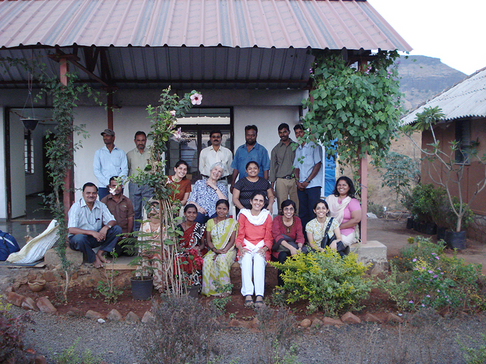

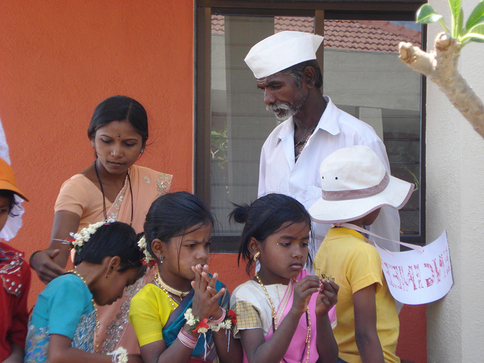
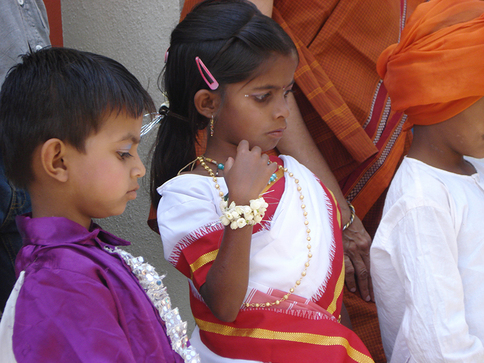
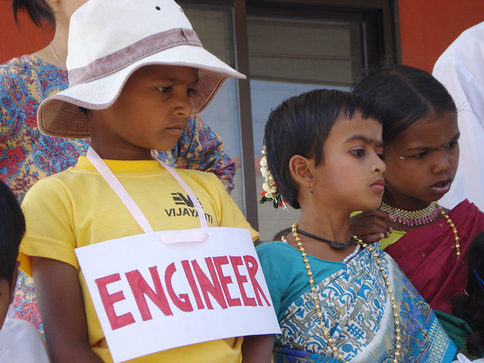

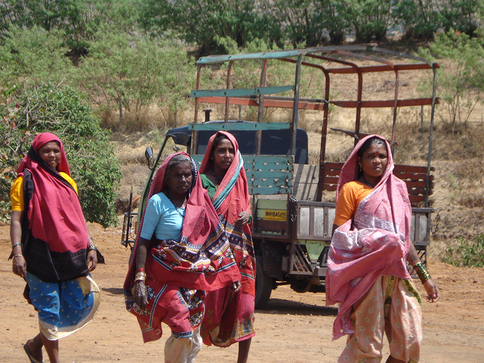
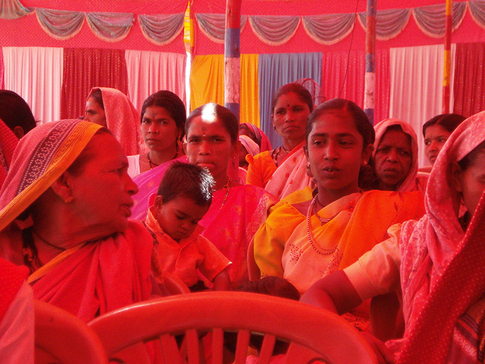
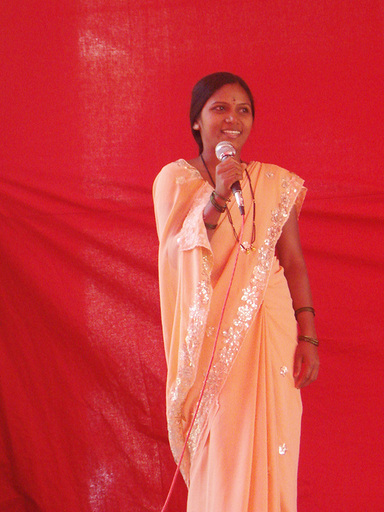

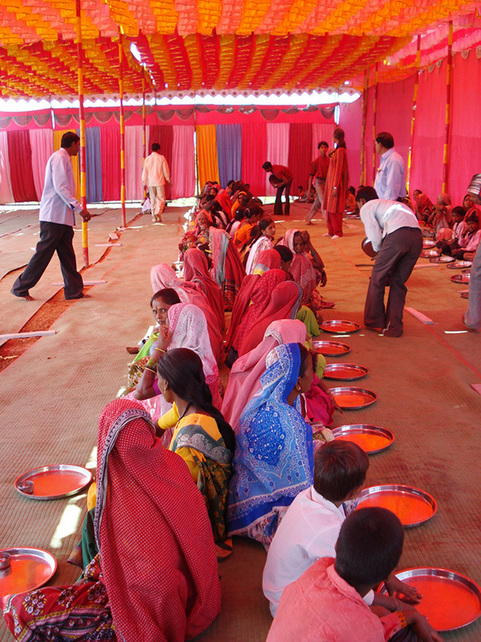
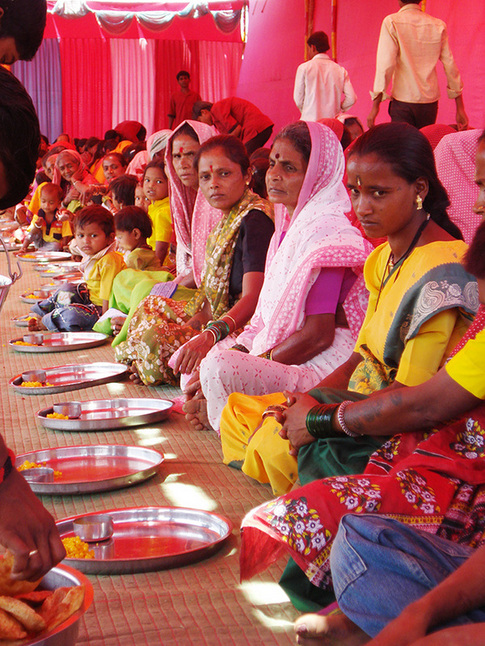
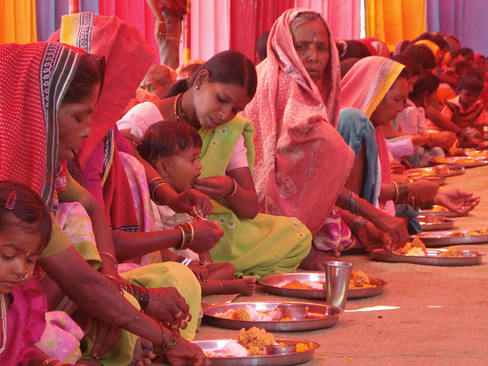
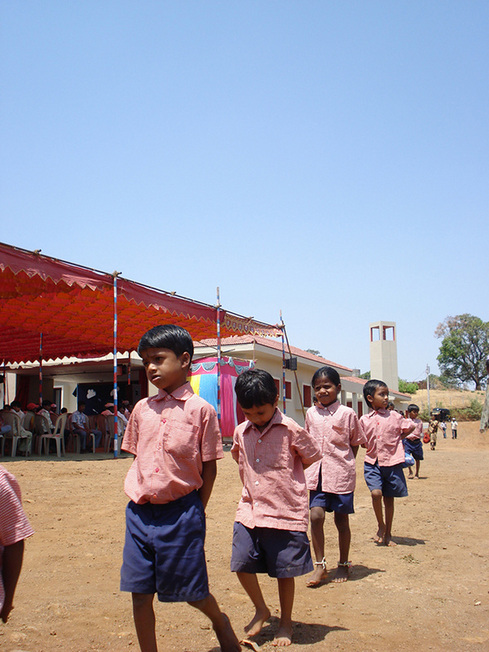
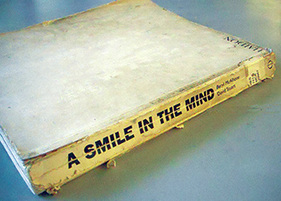

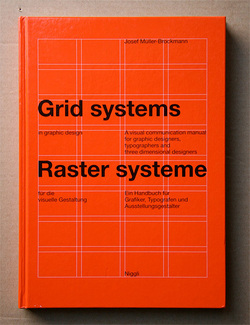

 RSS Feed
RSS Feed
